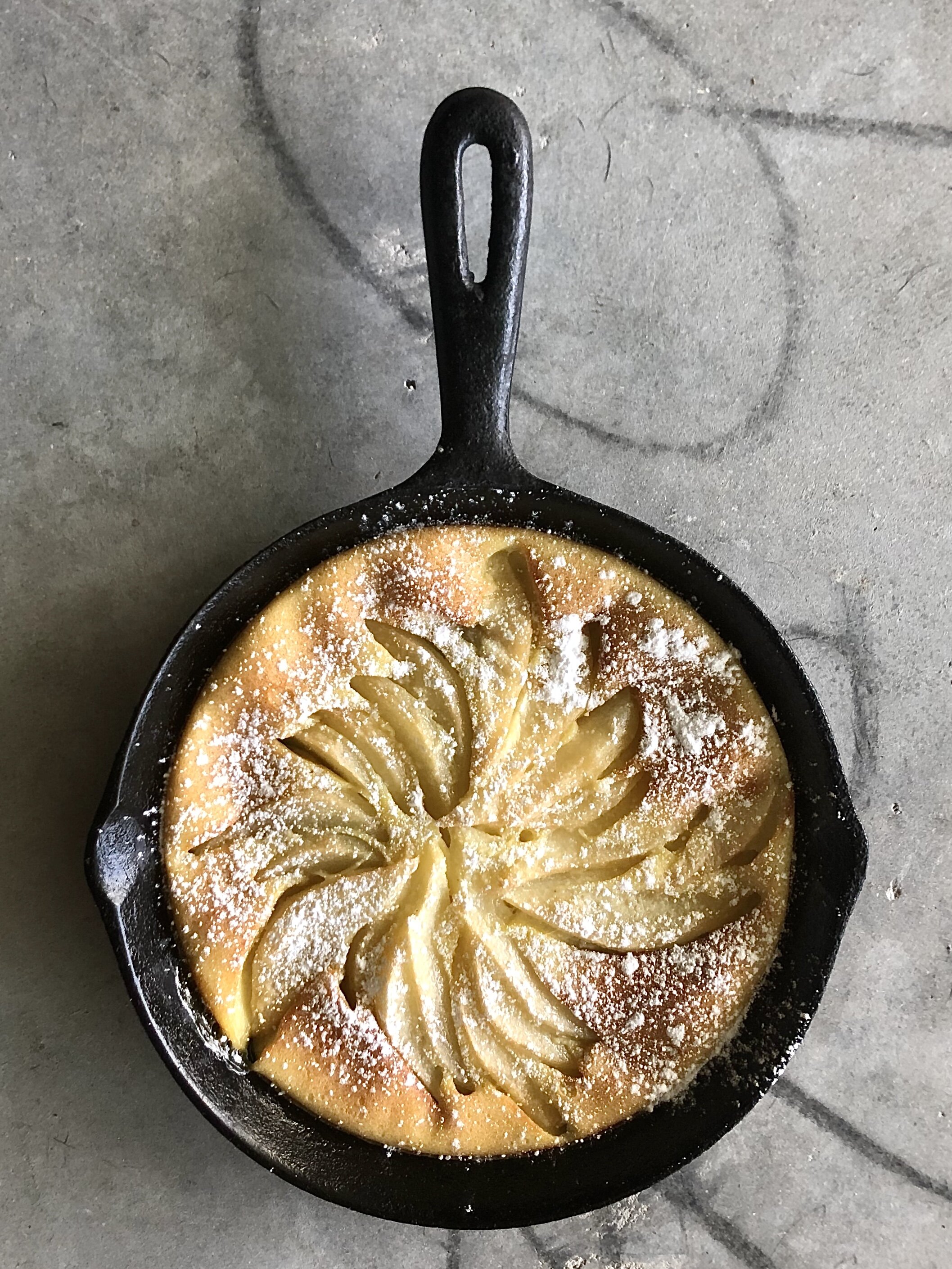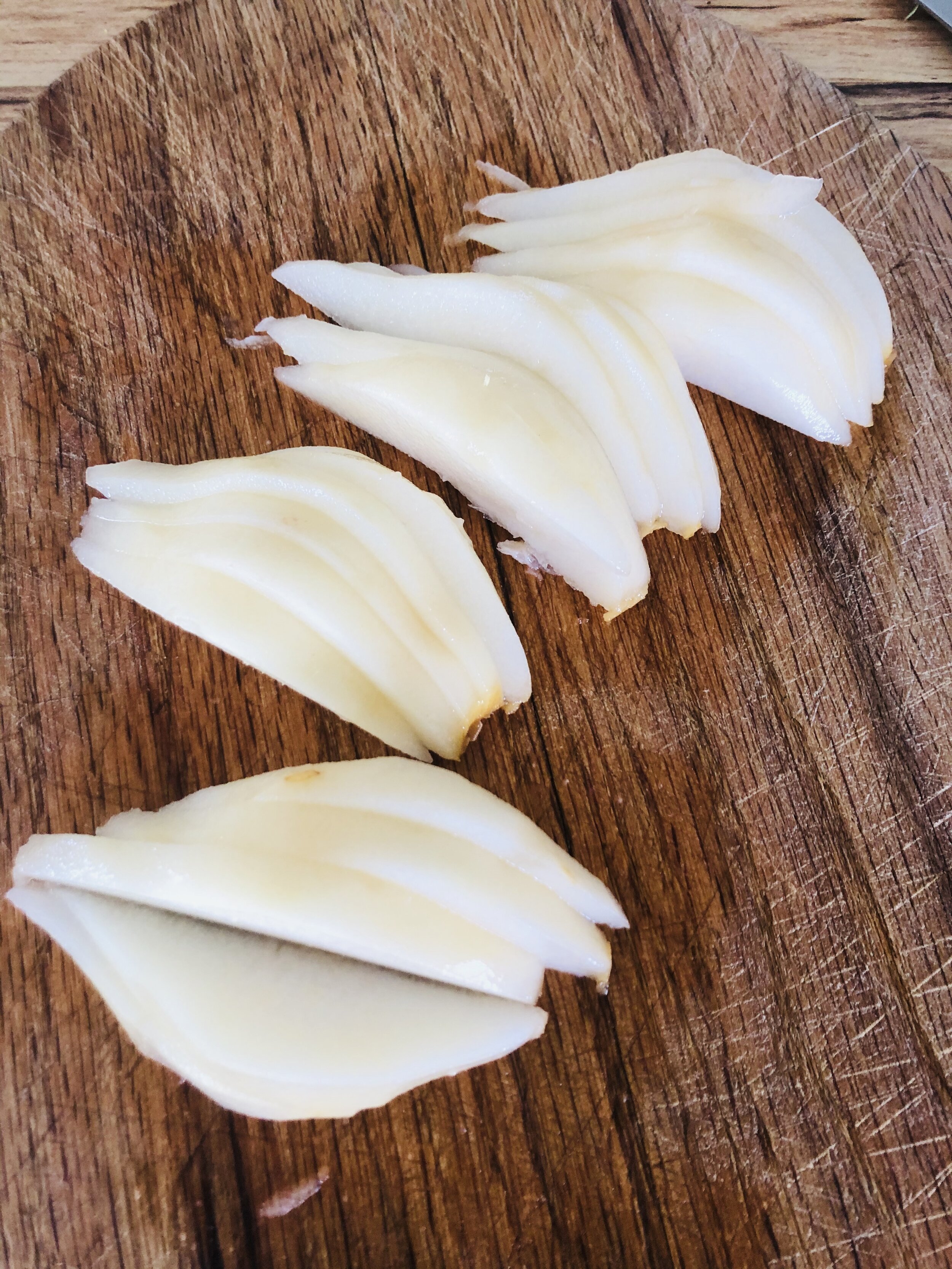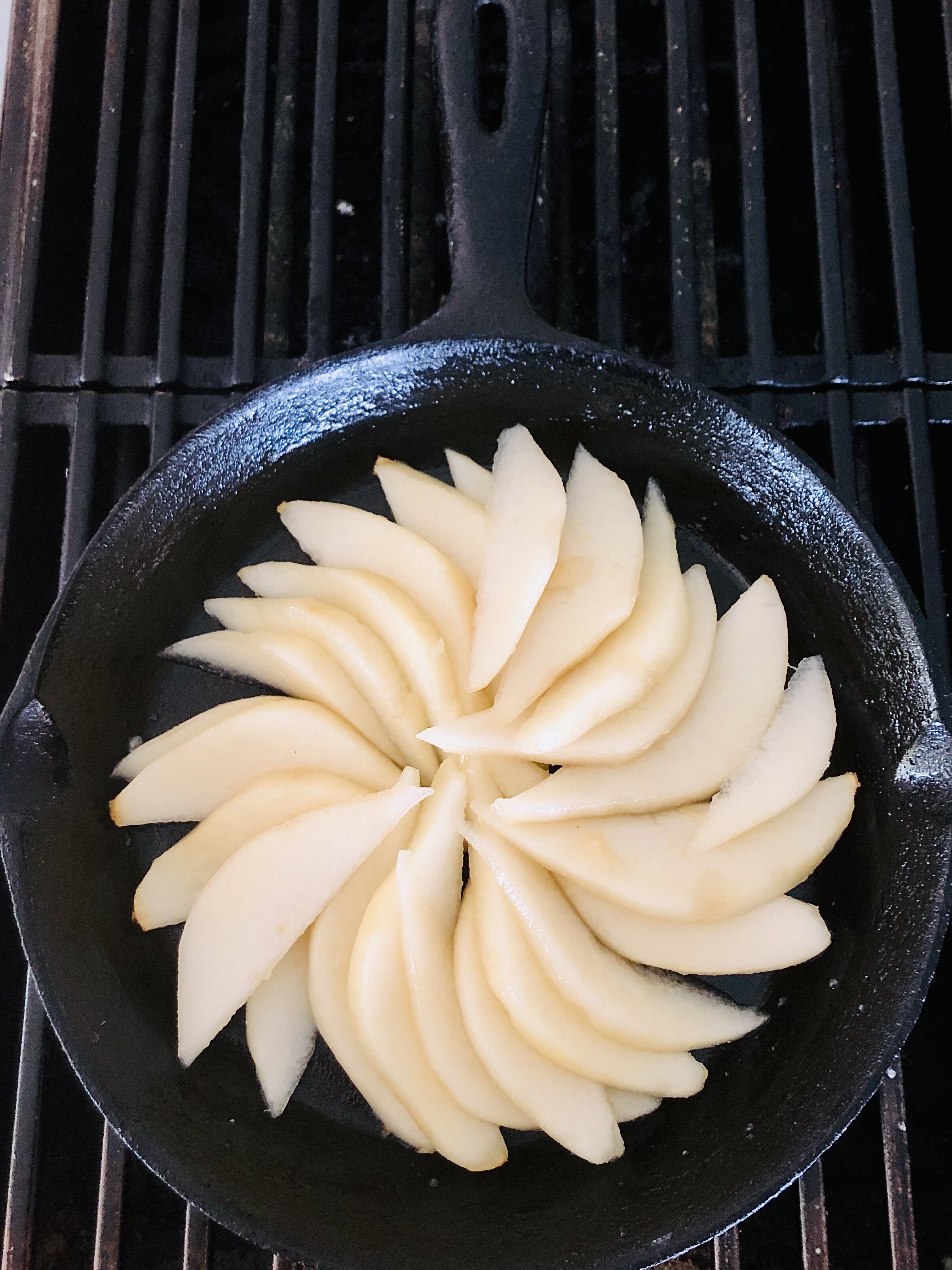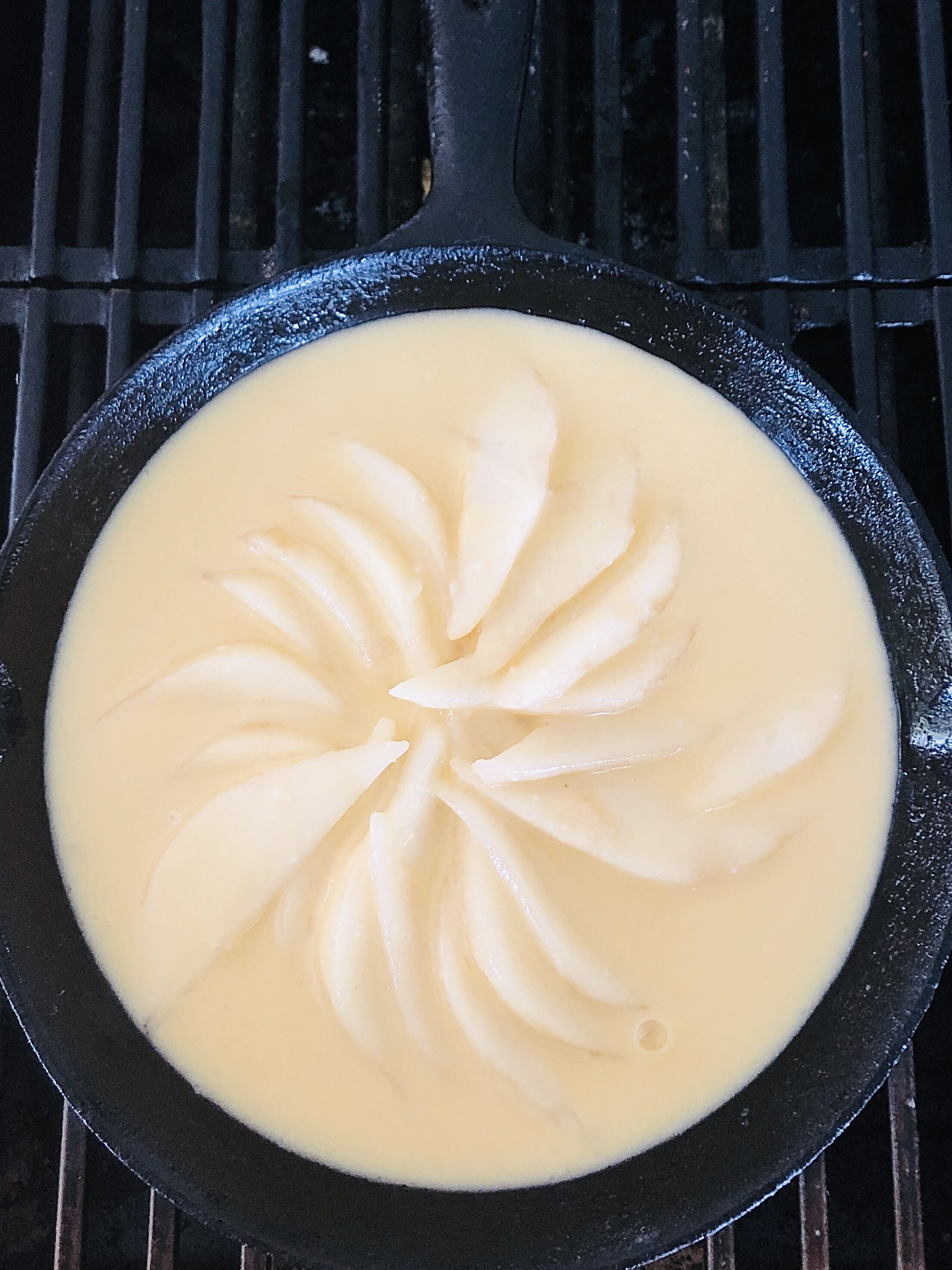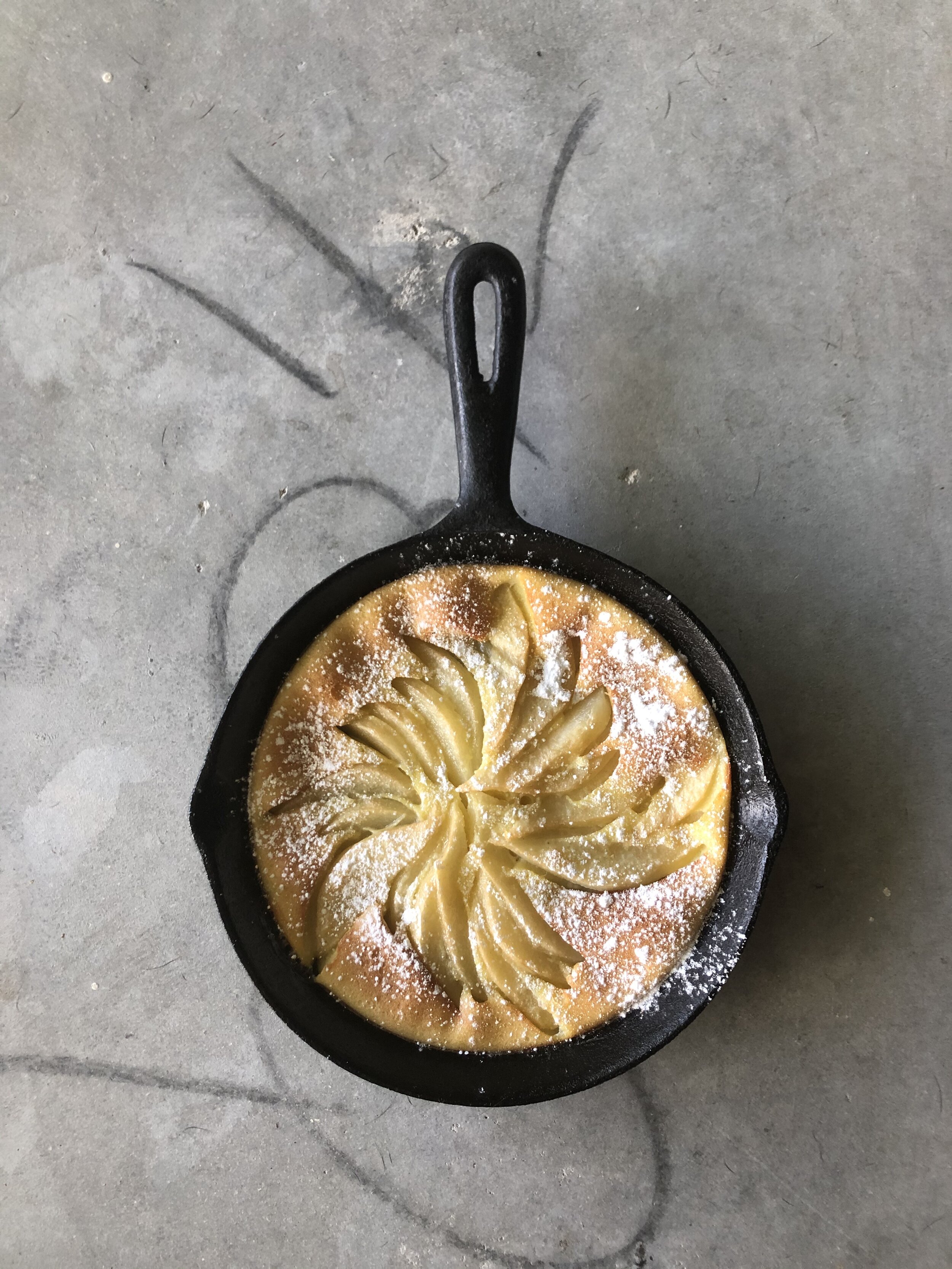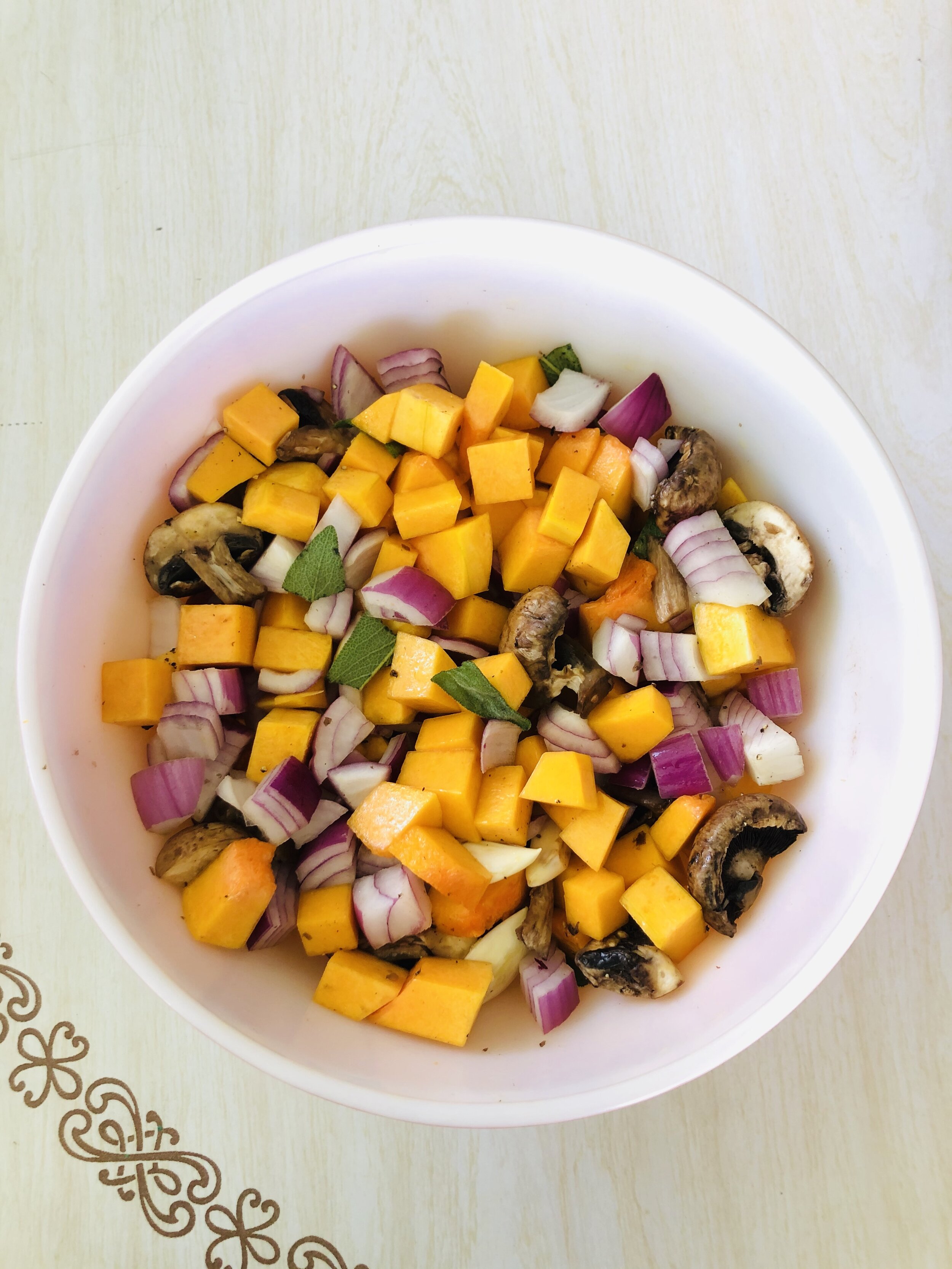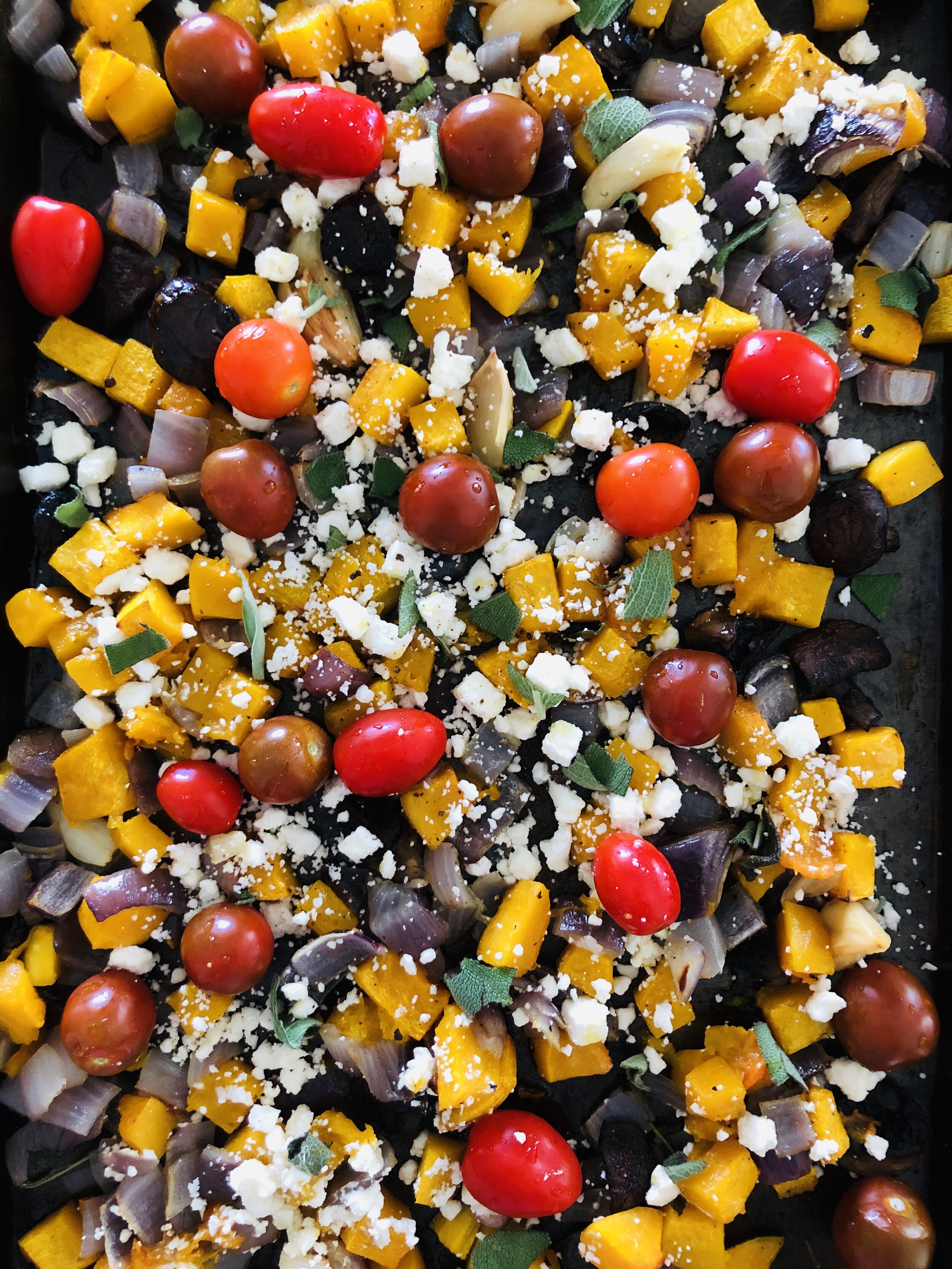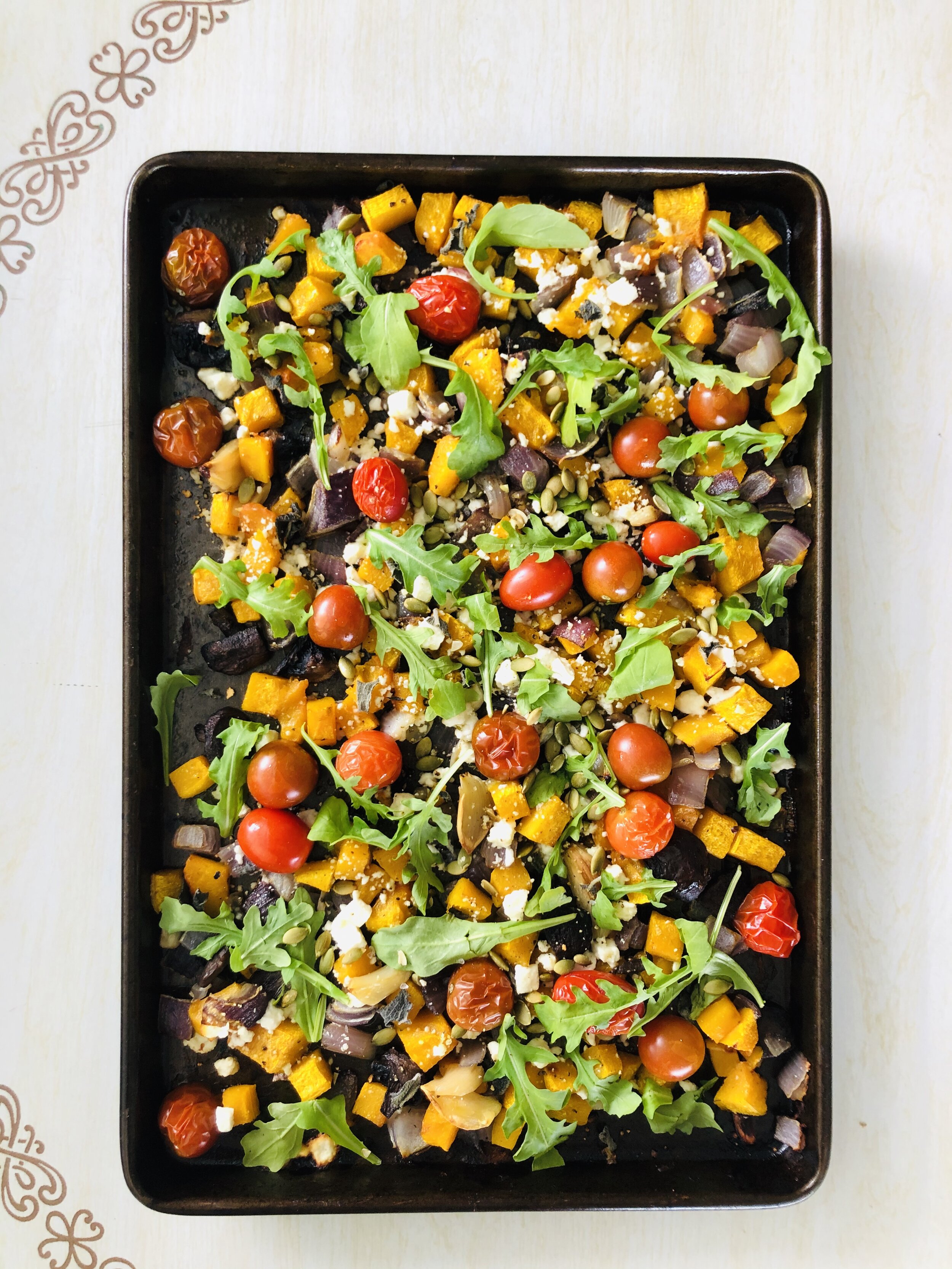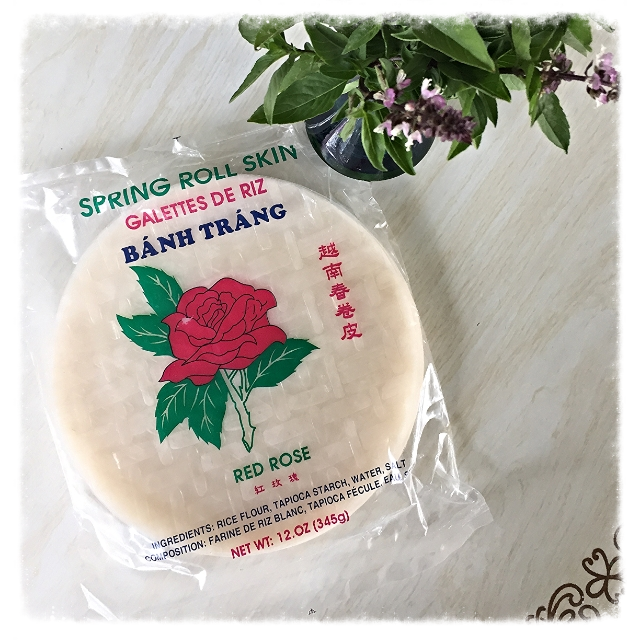Skillet Baked Pear Custard
If you’ve had enough of all things pumpkin, move on to pears. They are a fall season fruit so why not soak up the last of them while you can with the easiest dessert ever! The pears cook into soft slices of fruit cradled by the warm custard making this a senior friend dessert for elder loved ones. Whip-up this Baked Pear Custard for a low maintenance treat this holiday season that will keep all parties happy. This recipe is seriously simple. Peel and slice the pears and process everything else in the blender. Quickly assemble it and your done!
Ingredients:
- 3 pears, peeled, cored and sliced about 1/4 inch thick
- 3 eggs
- 1/4 cup melted butter
- 3/4 cup milk
- 1/3 cup flour
- 1/3 cup sugar
- 1 tsp almond extract
- 1 tsp vanilla extract
- 1/4 tsp salt
- Powdered sugar for dusting
Directions
- Preheat the oven to 350F degrees.
- Oil an 8 inch cast iron skillet or pie pan.
- Circularly arrange the pear sliced in the pan, slightly overlapping them as necessary.
- Place the rest of the ingredients in a blender and process until smooth.
- Pour the liquid mixture over the pears and and give the it a slight tap on the couter to evenly distrute the batter across the skillet.
- Bake for 40ish minutes until the top is golden brown and the custard is firm thoughout.
- After baking, carefully remove the skillet from the oven and dust the custard with powdered sugar.
If you aren’t worried about dysphagia or sensitive teeth, I’d consider jazzing this custard up with a sprinkling of pomegranate seeds and a few chopped almonds when it’s done baking. The jewel colored seeds really gives the pear custard a wow factor if you’re trying to make an impression. Or, just keep it simple cause it’s still plenty good! Enjoy!

